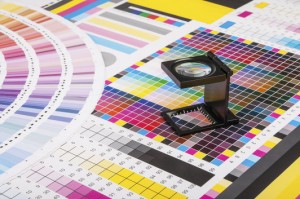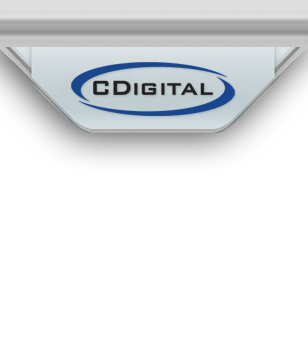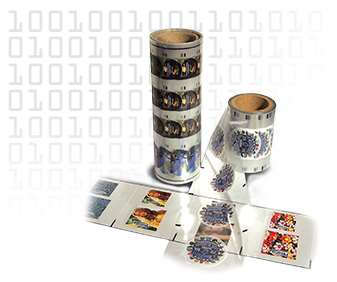
Digital printing is a four color process (plus white), high definition 1200 dpi that is capable of hitting over 10,000,000 colors – WITHOUT the messy cleanup! Find out how our process works with pad heat transfers!
It can be difficult for manufacturers and ad specialty companies to trust that they are using the most efficient and effective methods for product decoration. After all, with constant technological advances and so many printing options to choose from, how do you choose which is best? Let’s discuss the latest changes in pad transfer machines and how pad heat transfers and digital heat transfers can work together to deliver stunning results.
Get to Know Pad Printing
Pad printing, also known as tampography, began development in the late 1960s and early ‘70s. This printing process involves transferring a 2D image onto a 3D surface using an indirect offset (gravure), printing plate, and silicone pad. At the time, pad printing gained overwhelming popularity over other printing methods such as hot stamping and screen printing. Pad printing is an ideal method for decorating substrates that are irregular in shape. Today, digital heat transfers utilizing the Pad Heat transfer technology allow for application of full-color images in one hit!
Get to Know Digital Heat Transfers
Today, digital heat transfers offer perhaps the most advanced, affordable, and eco-friendly option for manufacturers and ad speciality companies looking for a short run printing solution. Click here to learn more about the immense features and benefits associated with digital heat transfers. The digital heat transfer process are ideal for decorating nearly any substrate, including plastic, metals, wood, rubber, glass, ceramics, and more.
Advances in Heat Transfer Printing
There have been several changes in digital heat transfer technology over the years, including improvements in the print engine, chemistry, and application equipment. Here at CDigital, we use updated Xeikon 3500 printing presses – which doubled the available print resolution from 600dpi to 1,200 dpi in comparison to our prior equipment! This produces brighter whites, more vibrant colors, and amazing color-to-color consistency between runs.
One of the most notable changes in heat transfer printing is the pad transfer machine. This piece of equipment was developed for low-pressure digital heat transfers, which require a fraction of the force as traditional heat transfers while applying the same size image. According to a Plastics Decorating article about our process here at CDigital:
- “This opened the door for a hybrid machine using pad printing pads and a heated platen. The pad transfer machine, used in combination with digital heat transfers, provides many of the benefits of both pad printing and heat transfer, including the flexibility of the pad conforming to various shaped parts while applying a preprinted multicolor image in one pass. This eliminates the need for custom countered dies and molds for various shaped parts. The flexible pad also will make up for greater part variation while still applying perfect images. In some cases, a heat transfer can be applied to assembled parts or in places where support behind the stamping area is impossible because of part design.”
Need a Short Run Solution? Fast and Affordable Product Decoration with CDigital
Since 2001, CDigital has been an innovator in developing new systems and processes for using digital print technology to produce full color digital heat transfers for the product decoration industry. Because we are both local and fully digital, we can turn jobs around faster and for less money than both overseas printers and local screen or pad printers.
Request a Quote today!
If you have any questions, please contact CDigital by calling 410-646-7800. For customers new to using heat transfers, Cdigital is happy to connect you with heat transfer equipment manufacturers whose machines will work best with our patented film. You can also follow CDigital on Facebook, Twitter, Google+, Pinterest, and YouTube.

